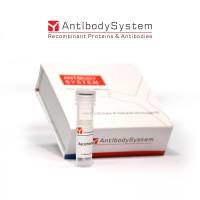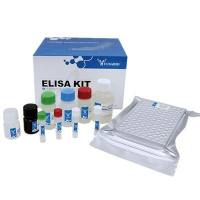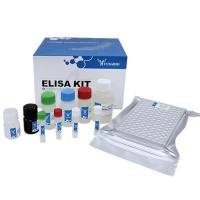Functional Identification of Peptide Receptors
互联网
837
With the advent of modern chromatographic instrumentation and improved sequencing methods that allow for isolation and characterization of minute amounts of biological material, a host of biologically active peptides are now known. More recently, the dramatic development of genetic engineering has contributed to revealing the structure of complete genes coding for known, as well as novel, biologically active peptides, in addition to a large number of other peptide sequences of unknown significance. Even though precise physiological functions could be assigned to insulin, parathyroid hormone (PTH), calcitonin, growth hormone (GH), and growth hormone releasing factor (GHRH), corticotropin (ACTH) and corticotropin releasing factor (CRF), atria1 natriuretic factor (ANF), oxytocin, and a few others, the role of more than one hundred peptides displaying various biological activities in vitro or in vivo is still awaiting definition. Moreover, recent advances in immunocytochemistry and receptor imaging have revealed the ubiquity of several among these “well-established” peptides and their corresponding receptors, for which the localization and action had been previously assigned to given target organs or tissues. Most remarkable are the peptides of the now so-called “brain-gutheart” axis, for which coexistence among themselves and/or with classical neurotransmitters such as the catecholamines in nerve fibers has been recently demonstrated (Cuello, 1982 ).









